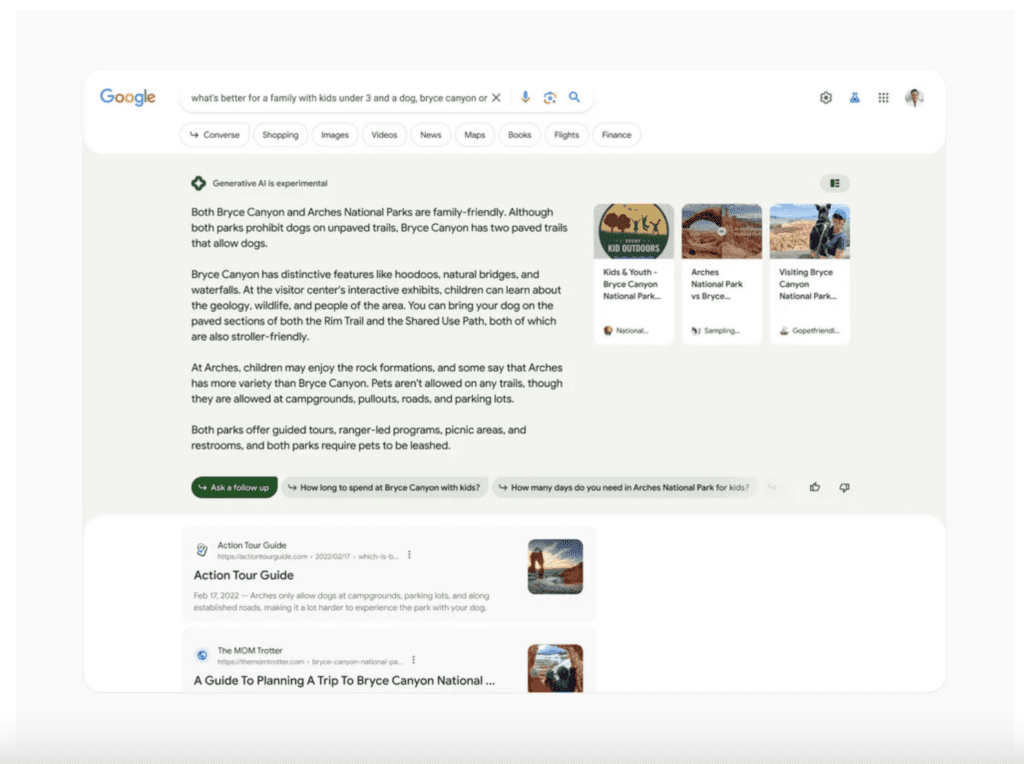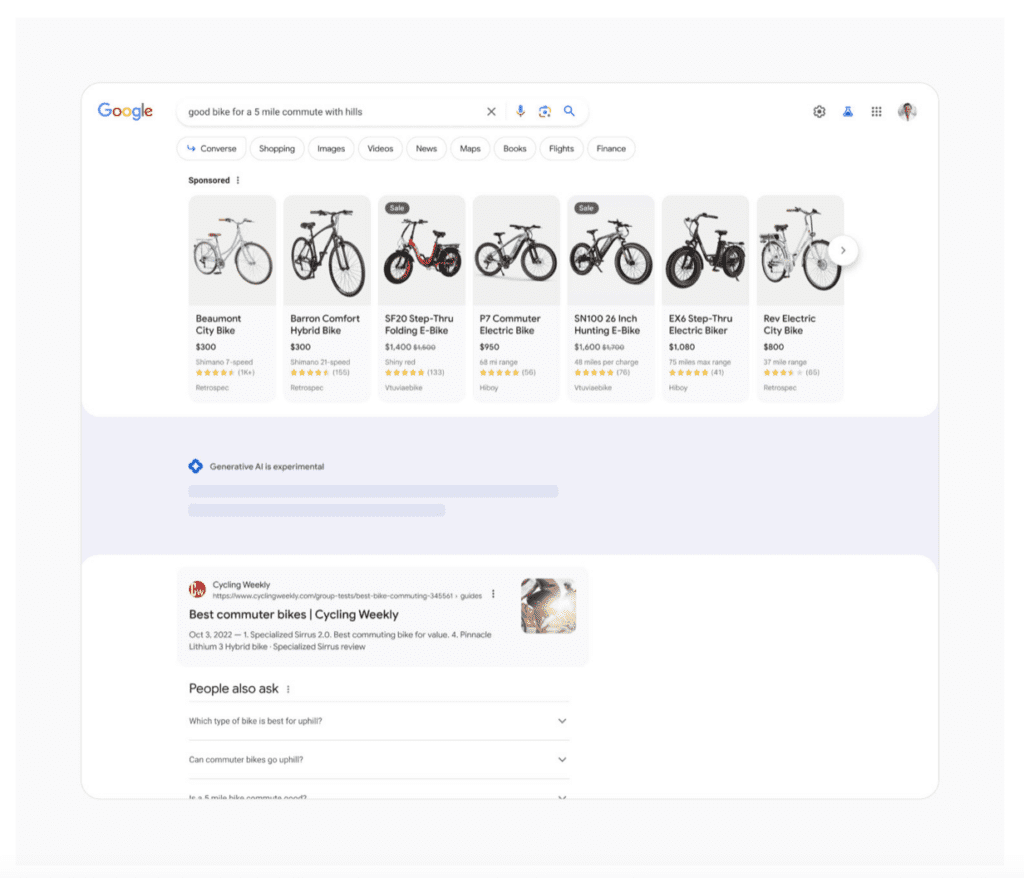Google made its strongest commitment to AI to date at its annual developer conference, Google/IO. The company announced a number of changes to its core products as well as new capabilities powered by AI, especially generative AI. They include:
Bard Available for Everyone
Google’s Bard AI is a powerful tool that can be used for a variety of tasks, including browsing the internet, searching for information from photos, writing code, and working with other apps. Bard is available to everyone, and it does not require a waitlist.
Bard Plugins Are Here
Bard plugins are a new way to extend the capabilities of Bard. There are currently a number of plugins available, including plugins for OpenTable, Kayak, Spotify, Walmart, and Indeed. These plugins allow you to use Bard to do things like make restaurant reservations, book flights, create playlists, and order groceries.
Gmail Is AI-Powered
Google’s new “Help me write” feature in Gmail uses AI to help you write emails. Simply type in a one-line prompt, and AI will automatically generate the rest of the email for you. You can then refine the email as needed.
Google Photos Get a Dose of AI
The new “Magic Editor” feature uses AI to help you edit your photos. You can use Magic Editor to change the lighting, remove objects, and adjust your position in photos. Magic Editor makes it easy to edit your photos like a pro.
Search Gets an Upgrade with the Search Generative Experience
But perhaps the most significant change: the launch of a new search feature, search generative experience (SGE). SGE uses generative AI to share answers to queries in the form of complete “snapshots” of content instead of providing a few rich snippets and links to websites for more information. Search can unfold as a series of questions and follow-up questions that the searcher refines (similar to ChatGPT prompt).
At the event, Google’s vice president of of Search, Liz Reid, demonstrated SGE by searching for “why is sourdough bread still so popular?”. The search results appeared almost immediately, and above them was a rectangular orange section that pulsed and glowed with the phrase “Generative AI is experimental.”
After a few seconds, the glowing section was replaced by an AI-generated summary of the search results. The summary included several paragraphs about the taste of sourdough bread, its prebiotic abilities, and other factors that contribute to its popularity. To the right of the summary were three links to websites that Reid said “corroborated” the information in the summary.
On Google’s blog, Reid provided even more context. She shared the example of a searcher asking, “What’s better for a family with kids under 3 and a dog, bryce canyon or arches.” Normally, a searcher might break this one question down into smaller ones, sort through the information available, and start to piece things together themselves. With generative AI, search can do some of that heavy lifting for you.
When SGE becomes available, searchers will see an AI-powered snapshot of key information to consider, with links to dig deeper.
Below this snapshot, you’ll see suggested next steps, including the ability to ask follow-up questions, like “How long to spend at Bryce Canyon with kids?” When you tap on these, it takes you to a new conversational mode, where you can ask Google more about the topic you’re exploring.
Context will be carried over from question to question, to help you more naturally continue your exploration. You’ll also find helpful jumping-off points to web content and a range of perspectives that you can dig into.
How Will Ads Work in SGE?
Google said that SGE will feature search ads from the start. Advertisers will not be able to opt out of showing ads on the new search experience, at least not initially. Google will be closely monitoring the performance of ad placements and experiences during this experimental phase.
SGE ads will be displayed in dedicated ad positions and slots, and will be labeled as “sponsored ads.” Google said it will continue to test and adapt ads so that they provide relevant and useful results for searchers.
Here are some additional details about how SGE ads will work:
- Ads will be displayed in a variety of formats, including text, images, and videos.
- Ads will be targeted based on a variety of factors, including the search query, the user’s interests, and the user’s location.
- Ads will be subject to Google’s advertising policies, which are designed to ensure that ads are relevant, useful, and non-misleading.
SGE ads will be a “native part” of the new search experience. The company believes that ads can be a valuable tool for helping users find the information they need, and that SGE ads will be no exception. Here is a screenshot of ads in the desktop user experience of SGE:
As Google Search evolves with the introduction of the SGE, it will be important to track how your ads perform in this new environment. However, as SGE is still in its experimental phase, you will not be able to immediately track how your ads perform differently in SGE versus the old Google Search.
The generative AI feature is still under development, but it has the potential to change the way people search for information online. By providing users with a concise and informative summary of the search results, the feature can help people find information quickly and easily. Only time will tell how SGE ads will be received by users. However, Google is confident that the new search experience will provide a more relevant and useful search experience for everyone.
Contact True Interactive
At True Interactive, we advocate on behalf of our clients. We are monitoring these developments closely and assessing how to incorporate conversational AI. Contact us to learn how we can help you succeed in all forms of digital advertising.
Photo by Solen Feyissa on Unsplash


